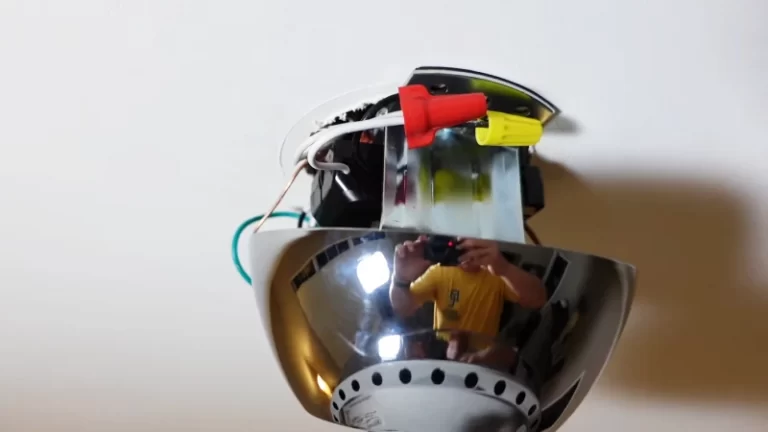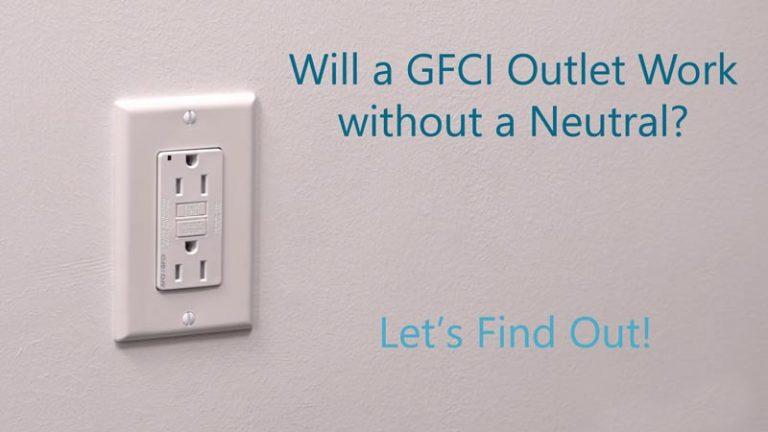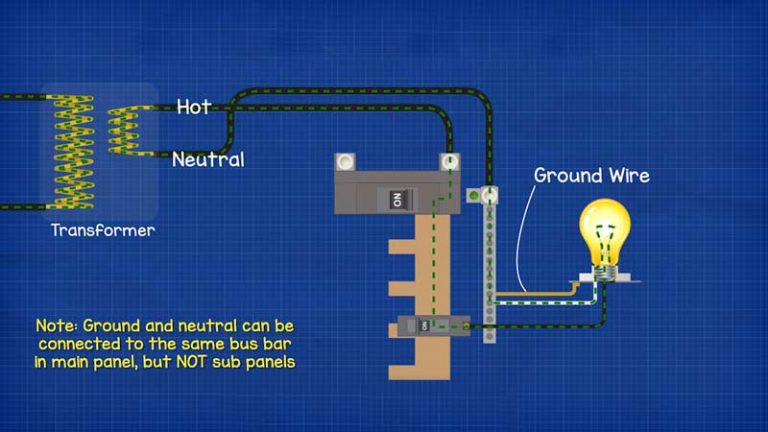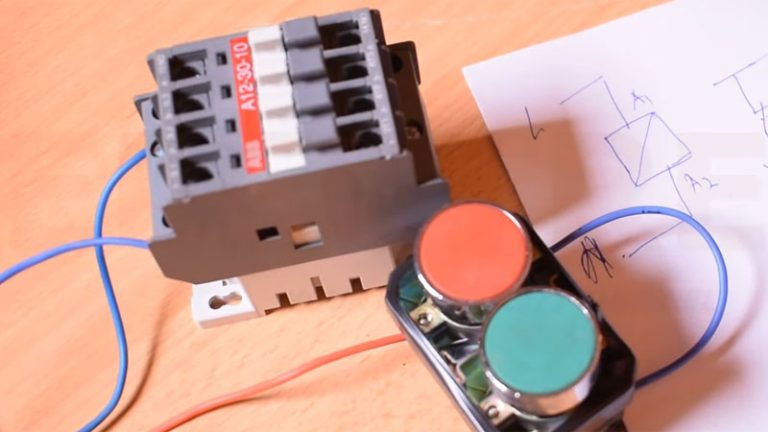Average Electric Bill Single Wide Trailer: Shocking Truth & How to Cut Costs
Are you staring at your monthly power bill in disbelief, wondering how your single-wide trailer could possibly use so much electricity? You’re not alone. Many manufactured homeowners face shockingly high and unpredictable energy costs, making it difficult to budget and feel comfortable in their own homes.
The unique construction of single-wide trailers presents specific energy challenges that differ from traditional site-built homes. Understanding these factors is the first step to taking control. This guide will uncover the real reasons your bill is so high and provide an actionable plan to slash your electricity costs for good.
You'll Learn About
What Is the True Average Electric Bill for a Single-Wide Trailer?
Pinpointing a single national average is misleading because costs vary dramatically by location, climate, and lifestyle. However, most single-wide trailer owners can expect their monthly electric bill to fall somewhere between $100 to over $300. During peak summer or winter months, this figure can easily surpass $400 or more.
The key isn’t to focus on a single number but to understand the regional differences. A home in the mild Pacific Northwest will have a vastly different energy profile than one in the scorching Arizona desert or the frigid Northeast. This variation is driven by both the climate’s demand on your heating and cooling systems and the local price per kilowatt-hour (kWh) your utility company charges.
Estimated Monthly Electric Bill for a Single-Wide Trailer by Region
To provide a clearer picture, the table below offers a general estimate of monthly electricity costs across different U.S. regions. These are baseline figures and your actual bill could be higher or lower based on the factors we’ll explore next.
| Region | Average Summer Bill (High AC Use) | Average Winter Bill (High Heat Use) | Off-Peak Season Bill (Low AC/Heat) |
|---|---|---|---|
| Southeast (e.g., Florida, Georgia) | $250 – $400+ | $100 – $180 | $80 – $130 |
| Southwest (e.g., Arizona, Texas) | $280 – $450+ | $90 – $160 | $70 – $120 |
| Midwest (e.g., Ohio, Illinois) | $180 – $300 | $200 – $350+ | $90 – $140 |
| Northeast (e.g., New York, Maine) | $170 – $280 | $220 – $400+ | $100 – $150 |
The Hidden Culprits: Why Your Trailer’s Electric Bill Is So High
To effectively lower your bill, you must first identify the root causes. Single-wide trailers have specific vulnerabilities that can lead to excessive energy consumption. Addressing these issues is the key to long-term savings.
Poor Insulation and Pervasive Air Leaks
This is the number one enemy of energy efficiency in any home, but it’s especially critical in manufactured homes. Older single-wides, in particular, often have minimal wall, ceiling, and floor insulation. This creates an environment where conditioned air—the cool air in summer and warm air in winter that you pay for—escapes easily.
Compounding the problem are countless small air leaks around windows, doors, electrical outlets, and plumbing penetrations. These gaps create constant drafts, forcing your HVAC system to work overtime just to maintain a stable temperature. It’s like pouring water into a leaky bucket.
The Energy Vampires: Older, Inefficient Appliances
Your appliances are the heart of your home’s electricity usage. An aging HVAC unit, a 15-year-old refrigerator, or an old electric water heater can be silent budget killers, consuming double the energy of their modern, efficient counterparts.
Even smaller appliances add up. If you’re considering modernizing your kitchen, for instance, be mindful of energy ratings. While a gas to electric stove conversion can add value, choosing an ENERGY STAR certified induction or convection model is crucial to prevent your new appliance from inflating your bill.
HVAC Inefficiency: The Wrong Size and Poor Maintenance
Your heating, ventilation, and air conditioning (HVAC) system is typically the largest single consumer of electricity in your home. A unit that is too large or too small for your trailer’s square footage will struggle to operate efficiently, leading to wasted energy and higher costs.
Simple maintenance neglect is another major factor. A dirty air filter, for example, can restrict airflow and force the system to run longer and harder. Similarly, poorly sealed or uninsulated ductwork running underneath your home can lose up to 30% of the air it carries before it ever reaches your rooms.

The Forgotten Factor: The Unprotected Underbelly
One of the most overlooked aspects of mobile home energy efficiency is the underbelly, or crawl space. An uninsulated or poorly sealed underbelly exposes your entire floor to the extreme temperatures outside. This means your floors will be ice-cold in the winter and warm in the summer.
This temperature transfer directly impacts your living space, forcing your heating and cooling system into a constant battle. A damaged or missing belly wrap can also expose plumbing and ductwork, leading to even greater energy losses and the risk of costly damage.
Your Action Plan: Slashing Your Single-Wide’s Electric Bill
Now that you know the culprits, it’s time to fight back. This step-by-step plan focuses on the highest-impact solutions, from simple DIY fixes to strategic upgrades that provide the best return on investment.
Step 1: Become an Energy Detective with a DIY Audit
You don’t need fancy equipment to find the biggest energy wasters in your home. Grab a notepad and walk through your trailer, specifically looking for problem areas. On a windy day, feel for drafts around window frames and door jambs.
Carefully inspect the skirting around the base of your home for any gaps or damage. Look underneath at the belly wrap to ensure it’s intact. Making a list of these issues will give you a clear roadmap for your efficiency projects.
Step 2: Fortify Your Home with Insulation and Sealing
This is your most important task. Sealing air leaks is the cheapest and most effective way to immediately reduce your energy bills. Use caulk to seal any cracks or gaps around window and door frames, and apply weatherstripping to the moving parts of doors and windows.
For a bigger impact, consider beefing up your insulation. While adding insulation to walls can be a major project, ensuring you have adequate insulation in your ceiling or roof cavity is critical. Furthermore, properly repairing and insulating your home’s underbelly will pay massive dividends in both comfort and energy savings.
Step 3: Upgrade Smart: Appliances and Lighting
When it’s time to replace an old appliance, always choose a model with the ENERGY STAR label. These products are certified to be significantly more efficient than standard models. Start with the easiest win: replace all your old incandescent light bulbs with energy-efficient LEDs, which use up to 90% less electricity.
A smart thermostat is another high-impact upgrade that can save you up to 10% on heating and cooling costs. These devices learn your schedule and automatically adjust the temperature, ensuring you’re not wasting energy when you’re away or asleep.
Step 4: Master Your HVAC System for Peak Performance
Simple maintenance can drastically improve your HVAC’s efficiency. Change your air filter every 1-3 months without fail. A clean filter allows the system to breathe easier, reducing its workload and your energy bill.
Once a year, gently clean the outdoor condenser unit with a garden hose to remove dirt and debris that can hinder its ability to release heat. Also, walk through your home and ensure that no furniture, rugs, or drapes are blocking your air vents.
Step 5: Consider Your Core Electrical Infrastructure
Sometimes, the problem lies deeper within the home’s electrical system. An outdated electrical panel may not be equipped to handle the load of modern, high-efficiency appliances safely or effectively. Major energy-saving upgrades, like installing a heat pump, often require a dedicated circuit.
If you’re planning significant upgrades, it’s wise to consult a licensed electrician. They can assess your panel and determine if a replacement is needed. Understanding the potential permit cost for electrical panel replacement is an important part of budgeting for such a project. Similarly, if a new line is needed for an outdoor unit, knowing the cost to trench an electric line will help you plan accordingly.
Beyond the Basics: High-Impact Strategies for Manufactured Homes
Once you’ve covered the fundamentals, you can implement strategies specifically suited for single-wide trailers. These solutions target the unique ways that manufactured homes gain and lose heat.
The Power of a Reflective Roof Coating
The roof of a mobile home absorbs an immense amount of solar radiation, especially if it’s a darker color. This “solar gain” heats up your home and makes your air conditioner work much harder during the summer. Applying a white, elastomeric roof coating can make a massive difference.
These specialized coatings are designed to reflect sunlight, which can lower the surface temperature of your roof by up to 100 degrees Fahrenheit. This simple project can reduce your cooling costs by as much as 20-30%, offering a fantastic return on investment.
Harness Nature with Strategic Landscaping
Don’t underestimate the power of shade. Planting deciduous trees on the south and west sides of your trailer can provide cooling shade in the summer, blocking the intense afternoon sun. In the winter, after the leaves have fallen, the bare branches will allow sunlight through to help warm your home naturally.
Window awnings are another excellent, low-tech solution. Installing awnings over sun-facing windows can reduce solar heat gain by over 65% on south-facing windows and 77% on west-facing windows, keeping your home dramatically cooler.
Know When to Call a Professional Electrician
While many of these energy-saving tasks are perfect for a motivated DIYer, some jobs require a professional. Any work involving your home’s main electrical panel, running new circuits, or handling HVAC refrigerant should only be performed by a qualified and licensed technician.
Investing in a professional energy audit or an HVAC tune-up can also be incredibly valuable. An expert can use specialized tools to pinpoint hidden air leaks, test your ductwork for leaks, and ensure your heating and cooling system is running at its absolute peak efficiency. This small investment can uncover savings opportunities you might have missed.




